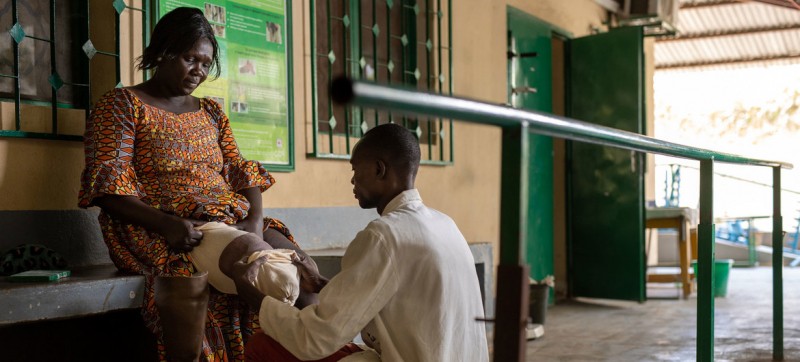Contents
A 33-year old landmine survivor tries on a new prosthesis at the fitting and rehabilitation centre in Kabalaye, Chad. Global casualties from anti-personnel landmines were “exceptionally high” last year, with Syrians and Afghans worst-hit, a UN-backed civil society report said on Wednesday According to Landmine Monitor 2021, the number of victims rose by 20 per cent in 2020 compared with the previous 12 months, the result of “increased armed conflict and contamination” of land with improvised mines. In total, more than 7,000 people were killed or injured in 54 countries and areas, while Myanmar was the only State where it was confirmed that the weapons have been used in the last 16 months – as they have been since reporting began in 1999 – the Landmine Monitor said. There was also unconfirmed “sporadic” use of the weapons in a dozen other countries, including Cameroon, Egypt, Niger, the Philippines, Thailand, Tunisia and Venezuela, along with “strong indicators” of landmine use in the Nagorno Karabakh conflict in 2020, and in surrounding districts. “Our problem was that we did not have information of what mines were there, if mines were laid during the active conflict, or if the mines were used after the imposed peace and ceasefire,” said Landmine Monitor contributing editor, Mark Hiznay, who also highlighted access problems to the region. “The parties have not been forthcoming in terms of information provided…but it’s clear there are some very strong pointers (that) someone used anti-personnel mines there.” From June 2020 to October this year, non-State armed groups were also found to have used improvised landmines in at least six countries: Afghanistan, Colombia, India, Myanmar, Nigeria, and Pakistan. On a more positive note, some 70 non-State armed groups have now also agreed not to use landmines, Mr. Hiznay noted. Civilians continue to be the weapons’ primary victims, accounting for eight in 10 casualties, with children making up at least half of those killed or maimed. Although men and boys account for 85 per cent of all casualties, injured women and girls are particularly affected later in life, when it comes to accessing assistance for victims. Patients during rehabilitation sessions inside Kandahar Rehabilitation Centre, Afghanistan, during the COVID-19 crisis. Despite the rising toll from landmines, progress has been made on destroying landmine stockpiles, the Monitor’s researchers insisted. They pointed to the fact that since 1999, more than 30 countries have cleared all mined areas on their territory, most recently Chile and the United Kingdom. Some 94 States Parties have now reported the destruction of more than 55 million anti-personnel mines since the Mine Ban Treaty became international law in 1999, including more than 106,500 mines destroyed in 2020. In addition, Sri Lanka is the latest State to have completed destruction of its stockpile in 2021. Challenges remain, however, as at least 60 countries and other areas are known to be contaminated by anti-personnel mines, including 33 of the treaty’s 164 State Parties. “Many States Parties will not meet the aspirational target of achieving clearance by the end of 2025,” said Ruth Bottomley, Landmine Monitor contributing editor, adding that although COVID-19-related restrictions had contributed to some “uncertainty” over deadlines, a few States had also been making “slow progress” prior to the pandemic. At a community level, to respond to the interruptions in awareness-raising caused by pandemic movement restrictions, the report noted that many countries had successfully implemented and expanded digital and online methods to deliver risk education and save lives.Victims in 50+ countries

Non-combatants pay highest price

Stockpile destruction
Contaminated land



